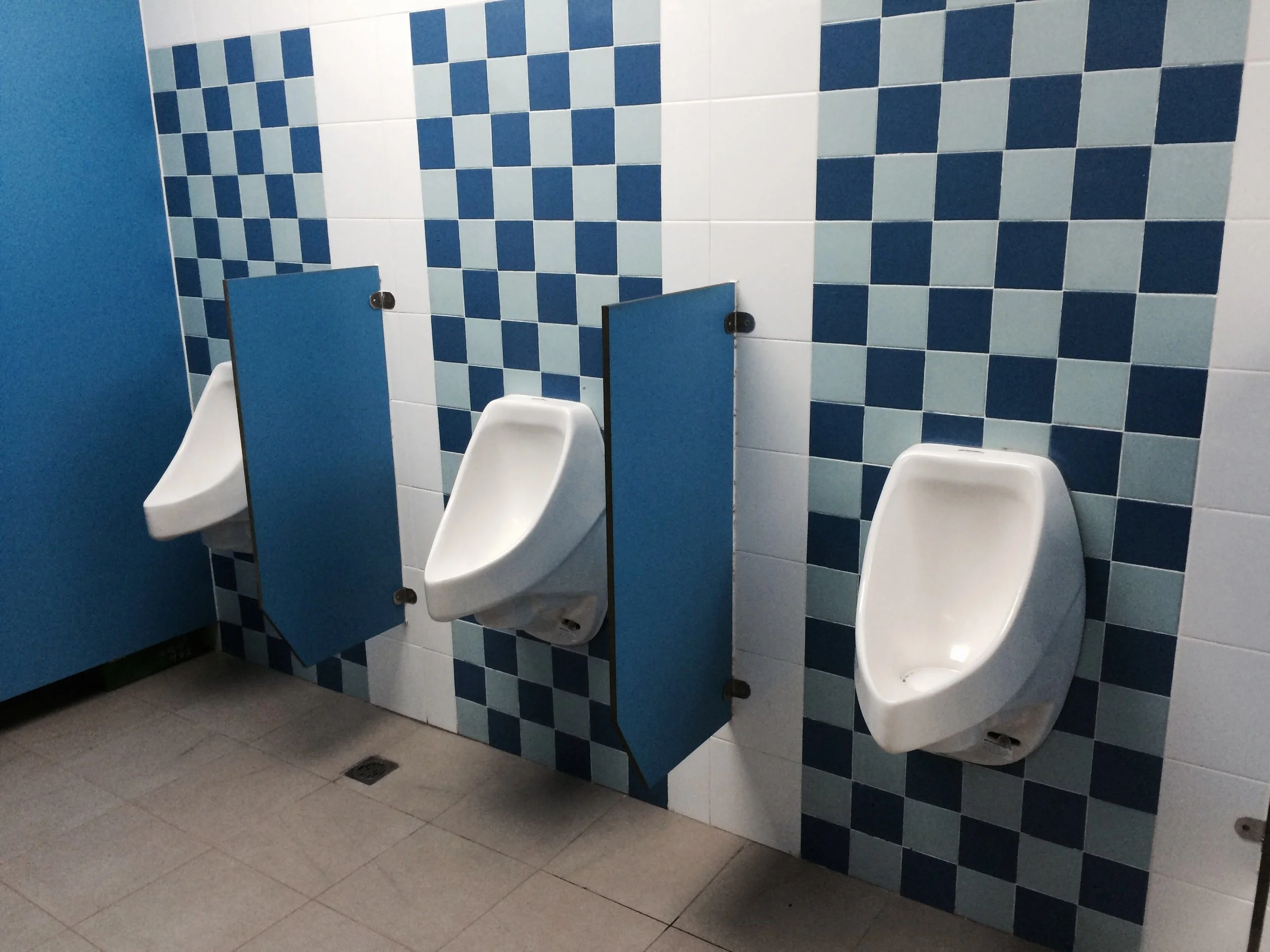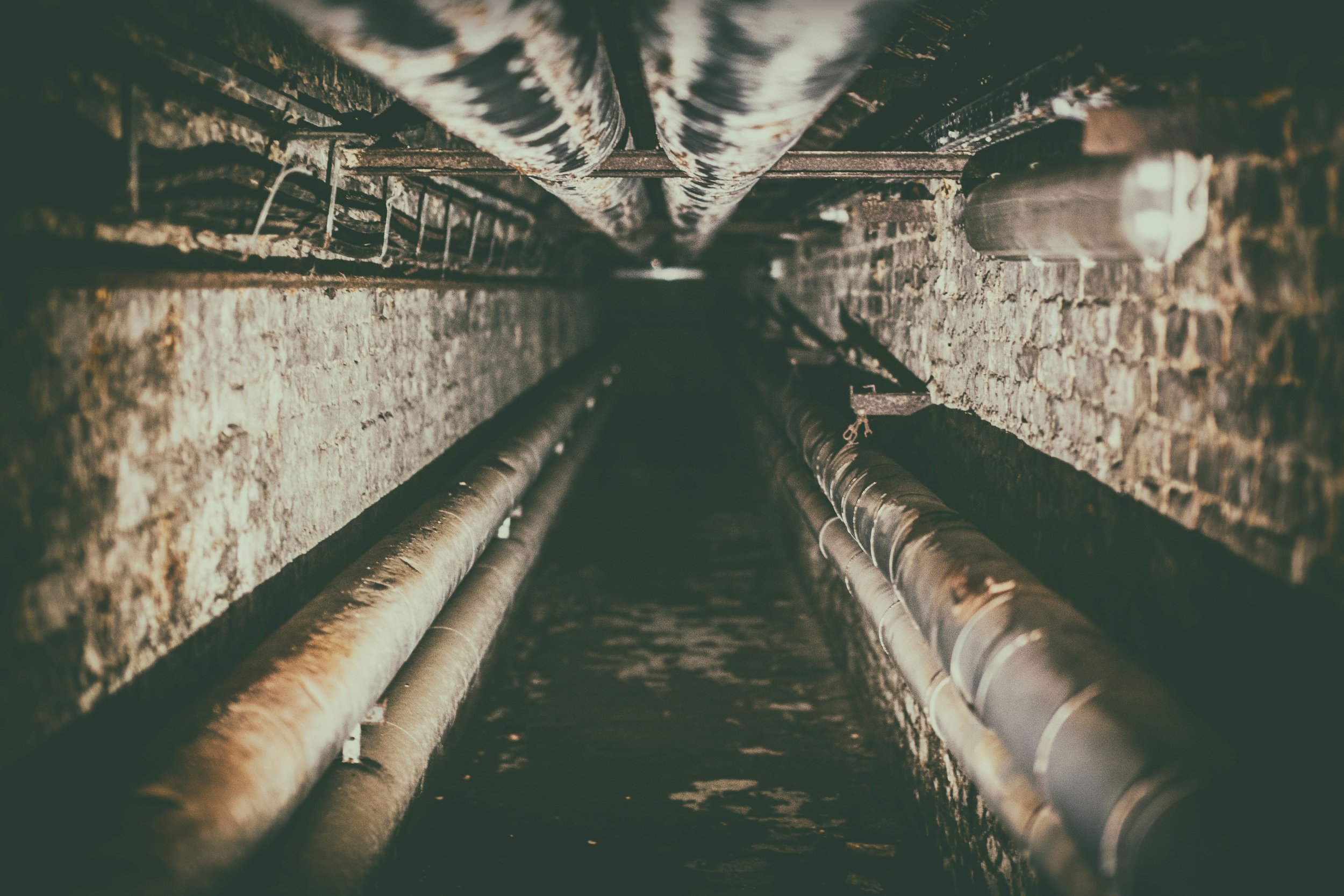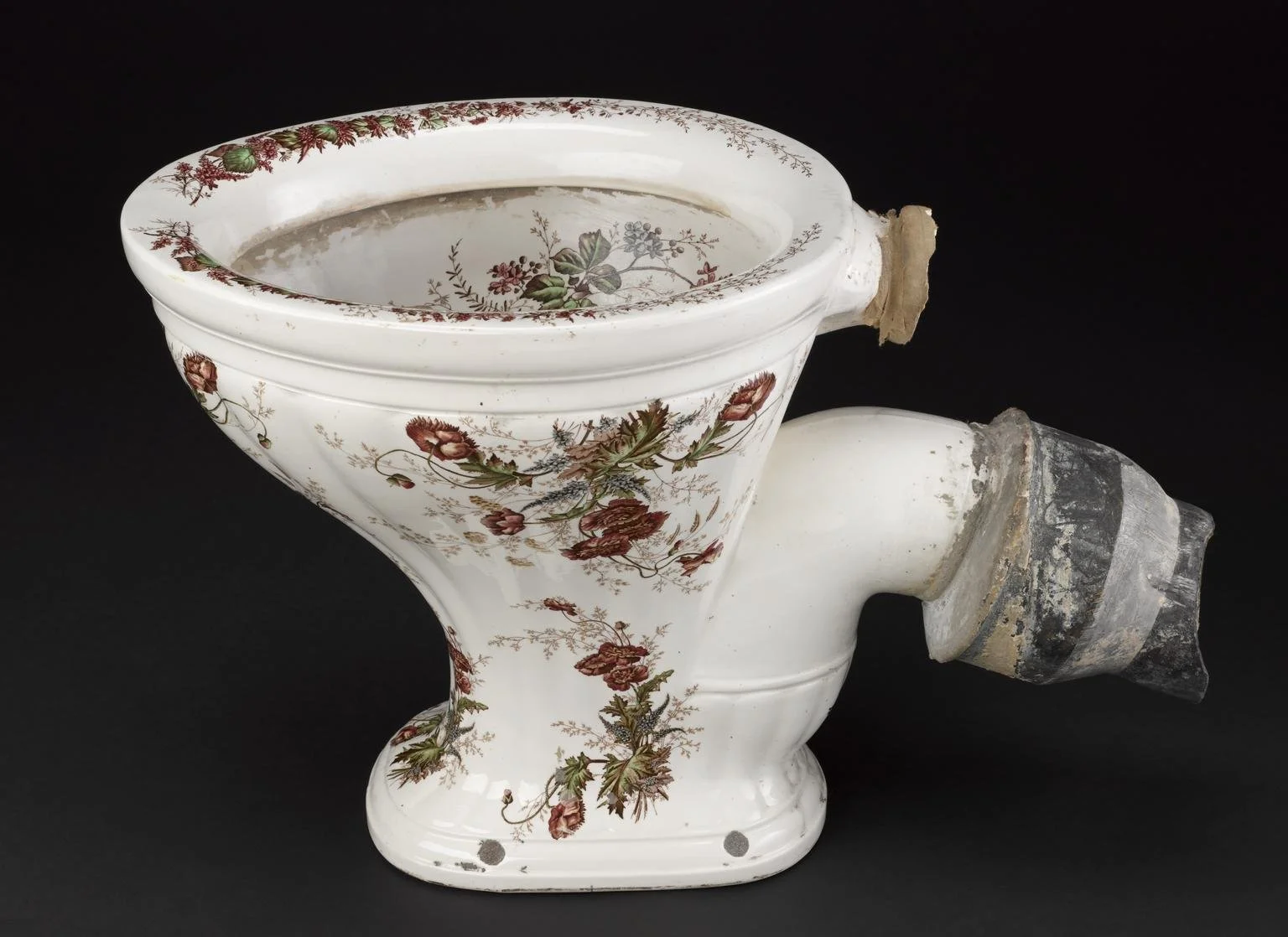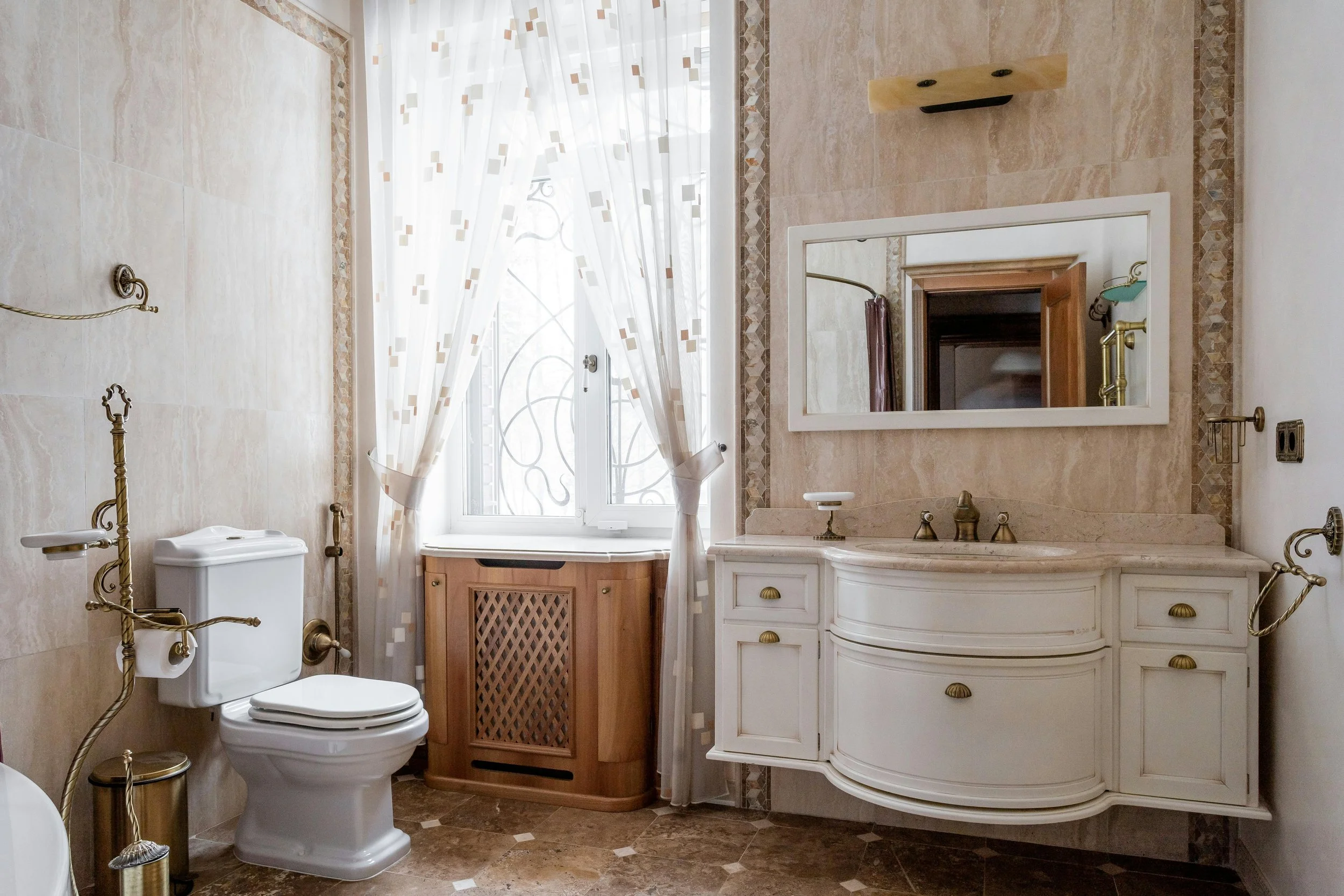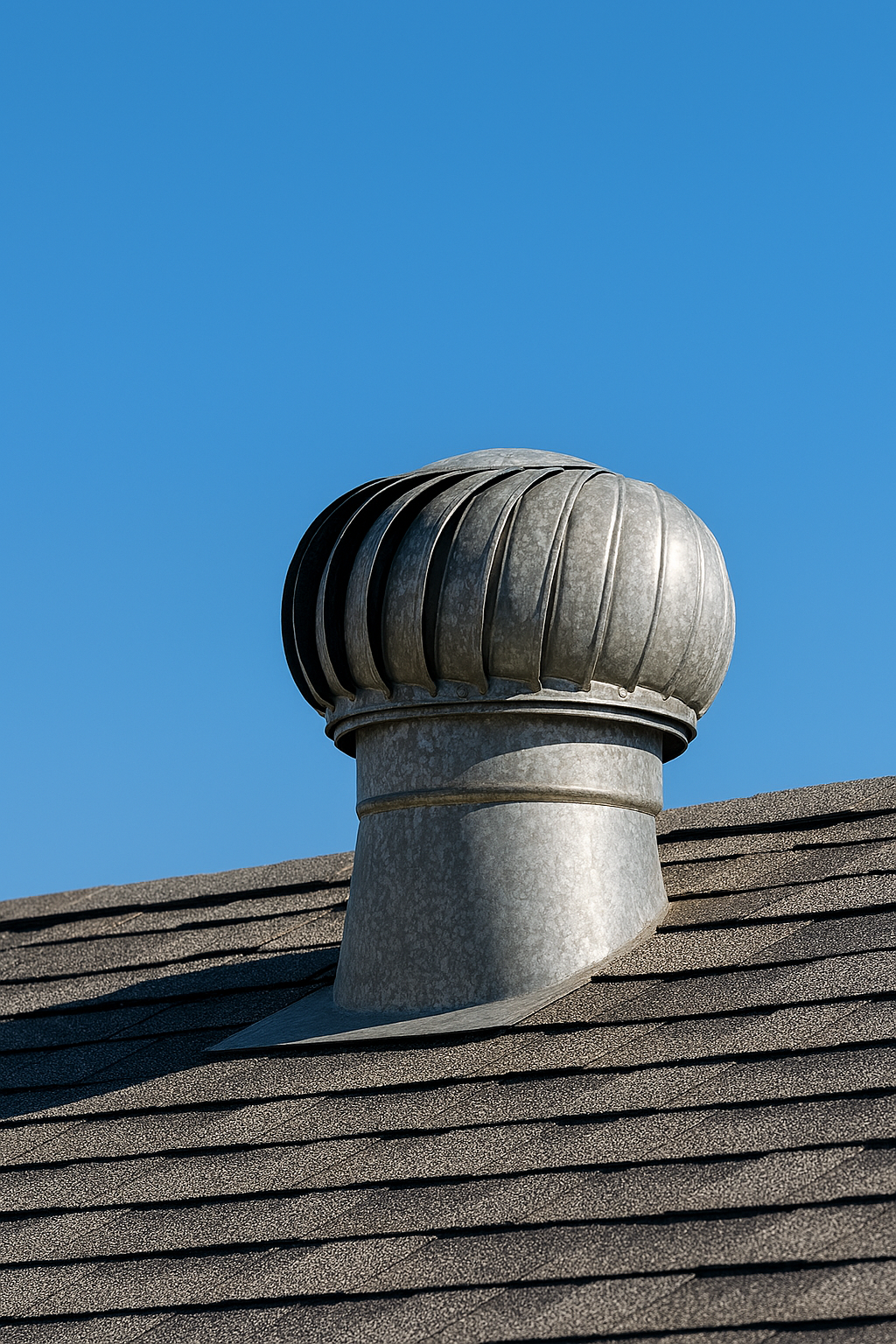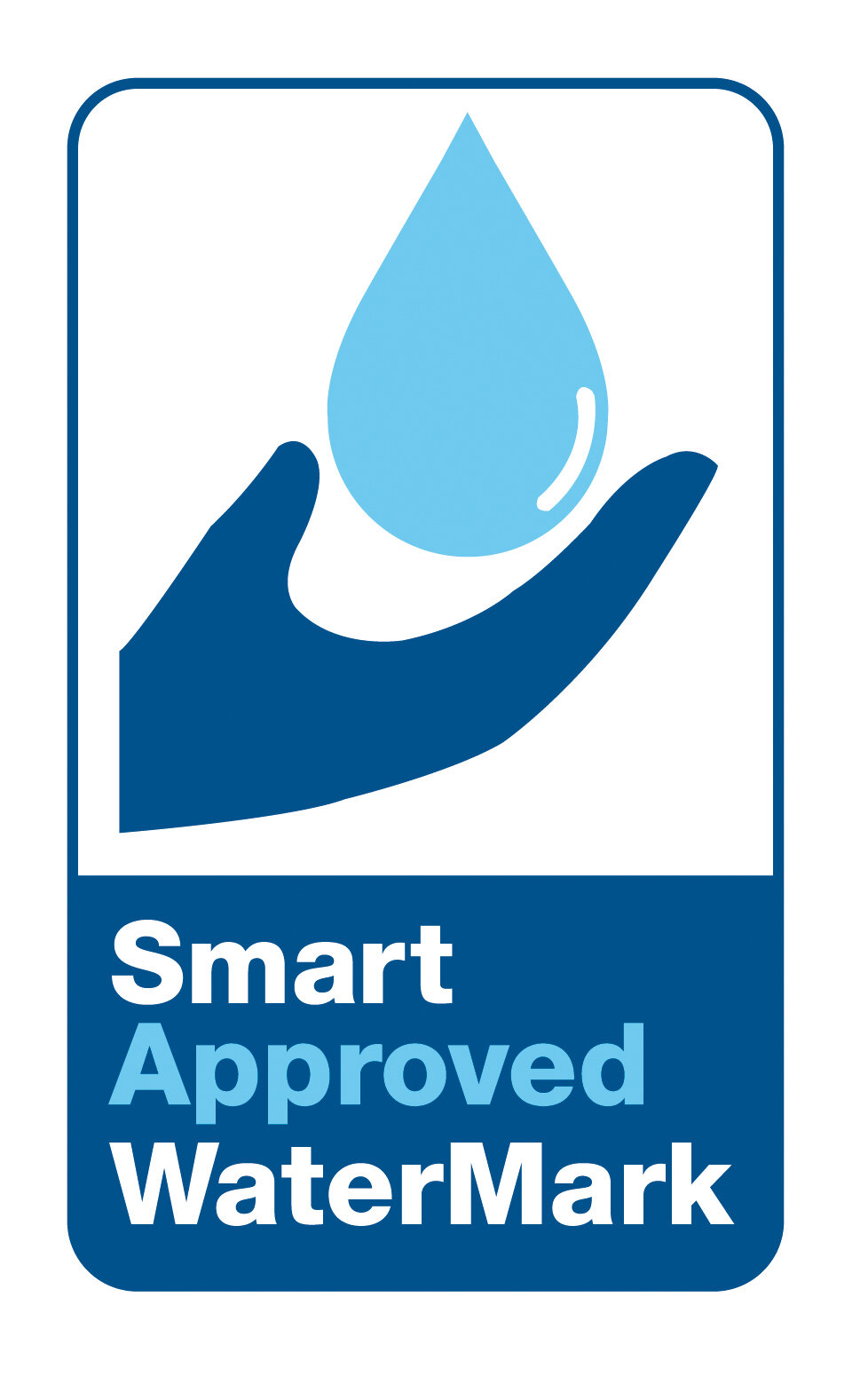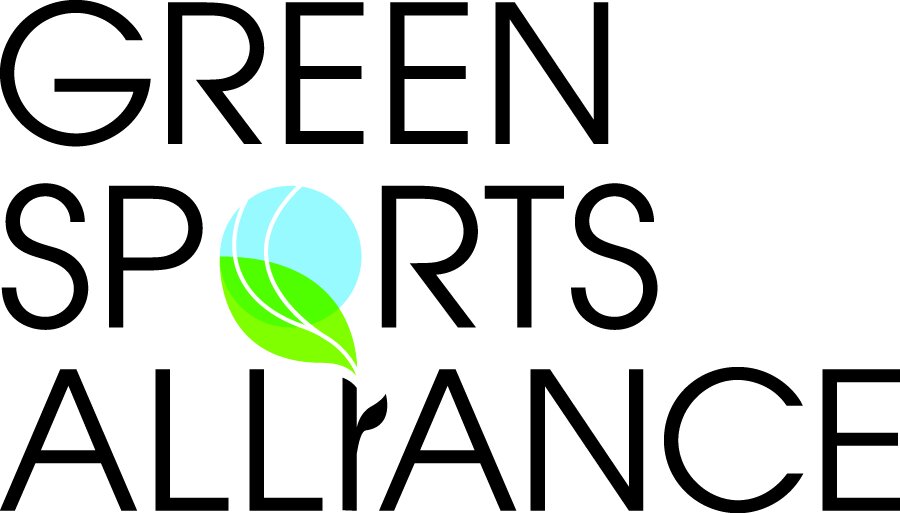✨ Holiday Greetings from Waterless Co., Inc. ✨
Snow drifts softly, calm and bright,
Lanterns glow through winter's night.
Voices rise in joyful song,
A season where all hearts belong.
Candles flicker, laughter flows,
Kindness shines as friendship grows.
Peace and love, our guiding star—
Blessings to you, near and far.
To our dedicated team and valued customers, we extend our heartfelt gratitude for your partnership and trust throughout the year. May your holidays be filled with warmth, joy, and cherished moments with loved ones.
Wishing you health, happiness, and a prosperous New Year.
Waterless Co., Inc.
www.waterless.com
Image by Alexander Dey found on Unsplash.
The Waterless Urinal Advantage
💰 Financial Savings
Each unit saves up to 35,000 gallons annually 💧
No flush valves, cisterns, or electronic sensors to repair 🔧
Decreases in blockages 🚫
Simpler retrofits with no need for water supply pipes or flush valve hardware ⚙️
Lowers utility costs from decreased water demand, pumping, and wastewater treatment 📉
🧼 Improved Hygiene and Odor Control
Better odor control ✨
Less bacteria growth 🦠
Touch-free operation 🚫👋
Reduced splatter 💦
🌱 Sustainability and Green Building Credentials
Significantly decreases wastewater 🌊
Contributes toward LEED certification 🏆
The Future Doesn't Flush – Clean and Hygienic Waterless No-Flush™ Urinals
💧 Think Waterless | The Next Generation of Smart & Sustainable IoT Restrooms
Waterless Urinals from Waterless Company Installed in Atlanta’s Mercedes Benz Stadium
Welcome to the Era of Practical Smart Restrooms
Imagine stepping into a commercial restroom that doesn't just look clean but actively manages its efficiency, hygiene, and user experience. While the idea of a restroom greeting you with your favorite music might sound futuristic, the true future of Smart Restrooms is focused on practicality, sustainability, and data-driven management.
Many have heard of smart restrooms, but an entirely new generation of connected facilities is arriving. This new wave of IoT Restrooms is designed to be more efficient, cleaner, and significantly more sustainable than ever before.
The Power of Data: Practicality Meets Performance
At the heart of the next generation of smart restrooms is data. Seamlessly integrated with the Internet of Things (IoT), these intelligent systems provide valuable, real-time insights into usage patterns and maintenance needs.
The practical benefits include:
Water Conservation: Detecting leaks and significantly reducing overall water usage.
Hygiene & Maintenance: Self-cleaning modes and predictive maintenance that enhance overall facility hygiene.
Energy and Cost Savings: Identifying cost-saving opportunities and optimizing energy use.
Real-Time Adjustments: Automatically adjusting restroom temperature, increasing or decreasing humidity, monitoring air quality, and locating plumbing blockages before they become serious issues.
The proof is in the numbers. In one recent study, the implementation of a smart restroom system reduced restroom-related complaints by an impressive 75 percent compared to a traditional facility.
Furthermore, smart restrooms eliminate the premature refilling of paper products, resulting in significant waste reduction and cost savings.
Why Waterless Urinals Are Already Smart and Sustainable
Waterless Urinals already possess inherent "smarts" that align perfectly with the goals of IoT facilities:
Ultimate Water Reduction: By their very nature, they eliminate water usage for flushing, making them the most water-efficient urinal option available.
Natural Hygiene: They are naturally more hygienic than conventional, water-flushing urinals, addressing a core concern of any facility.
Sustainability Leaders: While they may not adjust the temperature or play music, their minimal environmental footprint makes them an indispensable part of any truly sustainable restroom design.
The future of restrooms is here, driven by data and focused on practical sustainability. Think Waterless, Think Smarter.
Selling Your Home in 2026? Then Know This
Image by Pavel Danilyuk found on Prexels
Main Trend: Realtor.com data shows real estate listings featuring water-saving fixtures jumped 290% from January to September 2025, signaling a dramatic shift in consumer priorities.
What Qualifies: Water-efficient homes using EPA-certified fixtures (toilets, faucets, showerheads, dishwashers) that consume at least 20% less water than standard models, help buyers reduce utility costs and environmental impact.
Unexpected Driver: Growing awareness of AI data centers' massive water consumption for cooling has heightened national focus on resource efficiency, prompting homeowners to emphasize their own water conservation efforts as a competitive advantage.
Expanding Options: Waterless urinals, previously limited to commercial buildings, are now entering residential properties bigtime. Originally popular in drought-prone states, they're spreading due to affordability and strong returns.
Related Trends: Other surging sustainable features include professionally designed landscaping (+163%), net-zero ready homes (+100%), EV charging stations (+92%), and outdoor low-voltage lighting (+91%).
Water efficiency and water conservation have transitioned from a luxury feature to a mainstream expectation for home buyers, making water-saving upgrades potentially crucial for sellers looking to stand out in 2026's real estate market.
Discover More Here: https://www.linkedin.com/pulse/water-efficient-homes-top-real-estate-trend-expected-reichardt--zat6c/?trackingId=9VNmhyGB136mEurQP6sbQA%3D%3D
What Makes a Company an Icon?
Iconic companies don't just happen. They're built. 🔨🧱
They're not just about profits or market dominance. They're about impact and legacy.
Think Apple. Tesla. Amazon. They've shifted paradigms, created whole new industries.
An iconic company is a beacon. It lights the path for others to follow. 💡
At 33 years young, Waterless Co., Inc, has proudly become known as an icon in our industry. If that’s so, how did we do it?
Vision. A clear, ambitious vision. Not just a dream, but a roadmap to turn that dream into reality. 🗺️
Resilience. The ability to weather storms, to adapt, to evolve. To turn obstacles into opportunities. 🌪️
Innovation. Not only in products or services, but in approach, in thinking, in culture. 💡
Leadership. Not just a boss, but a mentor, a guide, a maverick. Someone who dares to challenge the status quo. 👤
And finally, people. We are most fortunate in having a team that believes, that contributes, that grows the company and grows with the company. A team that's more family than staff. 👥
That’s how we did it. So, are you ready to build an icon? 🏗️
If so, remember this: It's not about the destination, but the journey.
Enjoy the process, embrace the challenges, and always keep the vision alive. 🚀
-Klaus
Klaus Reichardt, CEO & Founder at Waterless Co Inc. He is widely known as a thought leader and influencer when it comes to water related issues. Waterless company helps facilities use water more efficiently, reduce water consumption, and lower operating costs.
Rethinking Water in America: Safety, Cost, and the Changing Landscape
Adam Ortega from the UCLA Department of Environment and Sustainability
We frequently feature insights from leading voices in the water industry. Today, we highlight Adán Ortega, chair of UCLA’s Department of Environment and Sustainability.
Ortega provides a critical look at how Americans perceive their water, the reality of infrastructure costs, and the necessary shift toward climate-appropriate landscaping. Below is a summary of his recent remarks.
The Great Debate: Tap Water vs. Bottled Water
Do Americans take water for granted? According to Ortega, the issue isn't apathy, it's a lack of understanding regarding the true cost of water delivery. The real expense lies in maintaining safe drinking water through modern filtration and adhering to rigorous quality standards.
Despite massive public investment in infrastructure, a "trust gap" remains:
The Cost Discrepancy: Consumers often pay up to $1 per gallon for bottled or vending-machine water, while municipal tap water costs only a fraction of a cent.
The Regulation Reality: Ironically, bottled and vended water are often less tightly regulated than municipal tap water.1
The Perception Problem: Ortega notes that constant updates to safety standards unintentionally fuel the fear that tap water is unsafe.
The Goal: The industry must bridge this communication gap to help residents understand that their tap water is not only the most affordable option but also safe and healthy.
Image by Jakub Zerdzicki found on Prexels
Water Affordability and Low-Income Assistance
Is water a basic human right? Ortega argues that it is, noting that a major industry challenge is establishing a universal low-income rate assistance program.
This initiative is gaining momentum and is a priority within the Metropolitan Water District’s climate adaptation master plan.
The Projected Cost: Statewide estimates suggest it will cost approximately $600 million annually to support low-income households.
The Challenge: As the cost of treating and delivering reliable water rises, finding sustainable funding to ensure access for all residents is critical.
Native Plants by Dariusz Grosa found on Prexels
Sustainable Landscaping: The Shift to Native Plants
Are we seeing a change in outdoor water use? Since 2016, over one billion dollars has been invested in helping Californians transition toward landscapes that reflect the state’s natural heritage.
Ortega sees encouraging signs that the aesthetic of the American yard is evolving:
Embracing Native Flora: There is a distinct shift toward native and climate-appropriate plants.
Lush, Not Barren: Low-water landscaping does not mean barren yards or just cacti.2 Ortega’s own yard is described as lush and adapted to the California climate.
Ortega predicts that in 10–15 years, we will look back at old photos of Southern California and marvel at how drastically—and beautifully—the landscape has evolved to meet environmental needs.
Key Takeaway
While Adán Ortega focuses on California, his observations resonate nationwide—especially across the drought-prone western U.S. The message is clear: to secure our future, we must value, respect, and use water far more efficiently.
Waterless Co., Inc is a pioneer in water efficiency. We are the go-to company when it comes to reducing water consumption, understanding the many benefits of waterless urinals, and finding ways to use water more efficiently. For more information, contact a Waterless Co Specialist.
Cheers to Reuse! Raising a Glass to Beer Made from Recycled Water
Image by: Ketut Subiyanto found on Prexels
“More than 15 percent of the world's potable water used in commercial buildings is wasted”
Vista, CA – November 10, 2025 - A San Francisco firm, Epic Cleantec (Epic), is introducing two consumer beers: Shower Hour OPA and Laundry Club Kölsch, made from highly purified recycled water taken from the showers and laundries of commercial buildings.
The two beers, created in partnership with Devils Canyon Brewing Company of San Carlos, CA, mark the first "wide release" of beers made exclusively from recycled water resources.
Epic did market a beer made entirely from purified and recycled water on an extremely limited basis a few years ago. That beer was honored by Time magazine and Fast Company as one of the most innovative new products of 2022.
"These beers are not only made from recycled water, but one, Shower Hour OPA, also promotes sustainable agriculture techniques," says Klaus Reichardt, CEO and Founder of Waterless Co., Inc., an early pioneer in water efficiency.
This is because this brand is made from:
Azacca hops, which require less irrigation and offer stronger disease resistance compared to conventional hops*
Fonio grain, a drought-tolerant African cereal crop known for its rapid growth and capacity to improve soil health
Kveik yeast, a fast-fermenting type of brewing yeast that thrives at elevated temperatures, helping to lower a brewery's energy consumption
"One reason these new beers are so significant is that more than 15 percent of the world's potable water used in commercial buildings is wasted," explains Reichardt.
"Our goal at Waterless Co. Inc. has always been to help building owners and managers reduce water consumption and promote water efficiency.
We congratulate Epic for finding even more opportunities to use water more efficiently and protect our country's water resources.”
###
*Hops are used in beer to add both sweetness and bitterness, along with flavor and aroma.
About Waterless
Founded in 1991 and based in Vista, CA, Waterless Co., Inc. is a leading innovator in water-efficiency solutions. The company offers a full range of waterless urinals for residential and commercial use, along with liquid plumbing products and cost-saving accessories. Every product reflects Waterless’ commitment to sustainability and smart, practical innovation.
Contact Information
Waterless Co. Inc.
1050 Joshua Way
Vista, CA 92081 USA
800.244.6364
Media Contact: Robert Kravitz
Phone: 312-880-8176
E-Mail: robert.kravitz@outlook.com
🦠 Stop Sewer Gas Odors: EverPrime - The Essential P-Trap Seal for Property Managers
Image by Denny Muller found on Prexels
EverPrime is the revolutionary, non-evaporating barrier liquid designed to prevent noxious sewer gas and drain odors from escaping into commercial, institutional, and residential buildings.
As a property manager, you need a proactive solution to protect tenant health, maintain high Indoor Air Quality (IAQ), and end costly odor complaints.
The Hidden Risk: Dry P-Traps and Sewer Gas
When building restrooms or drains are unused for extended periods (vacancies, seasonal closures, or low-use areas), the water seal in the drain's P-trap (or U-trap) eventually evaporates.
This opens a direct path for harmful sewer gases (like hydrogen sulfide and ammonia) and bacteria to be released. A dry trap is more than just a source of unpleasant smells; it's a genuine health risk that leads to tenant dissatisfaction and compromises IAQ.
EverPrime solves this critical problem by creating a durable, protective liquid seal that maintains the water barrier in your drain's P-trap, even during long periods of inactivity or dormancy.
Why Property Managers Choose EverPrime
✅ Protect Occupant Health: Eliminate the release of harmful bacteria and sewer gases, mitigating health risks and liability.
✅ Improve Indoor Air Quality: Keep your properties compliant, fresh, and free from embarrassing dry drain smells and restroom odors.
✅ Save Time and Money: Drastically reduce tenant complaints, eliminate emergency maintenance calls, and lower overall plumbing issue costs.
Simple & Cost-Effective: Only 3 ounces of EverPrime per drain is needed, and the product works for months, making it an essential and highly cost-effective tool for proactive drain maintenance.
Stop odors and stop tenant complaints. Secure your P-traps today with EverPrime.
To purchase, visit Waterless Co. Inc. (The key supplier of this product, which offers direct ordering on their website). https://lnkd.in/g95yENhd
The product is typically available in quart-sized bottles (Item #1514) and gallon-sized bottles (Item #1501), often sold individually or in cases.
🚽 Plumbing & Potty Secrets: 5 Things You Always Wanted to Ask About Your Restroom
Get ready to plunge into the fascinating, sometimes funky, history and function of your bathroom. We're answering the four questions about plumbing and potties that everyone wonders about!
Image Courtesy Science Museum Group of the UK
🚾 The Water Closet: More Than Just a Toilet
The term Water Closet (WC) is a true historical marvel. Dating back to the 16th century, the WC marks a huge step forward in indoor sanitation—a glorious jump from outdoor outhouses to the comfort of modern, integrated plumbing.
A Royal Flush: Initially, these ornate contraptions were status symbols, reserved only for royalty and the wealthy.
American History: The first known WC in the U.S. was installed around 1765 at Whitehall, the home of Maryland's colonial governor.
Presidential Plumbing: In 1804, Thomas Jefferson had two cistern-fed water closets installed in the White House. Fun fact: This was a full three decades before water for drinking and bathing was piped in!
Today, we still use the term WC in architecture, often to describe a small, separate room that houses just the toilet, a dedicated space for your porcelain throne!
Image by Anah Anoerb found on Prexels
🚽 Why are Some Toilets Called a "John"?
Toilets have had many nicknames over the centuries, from the formal "lavatory" to the playful "loo," "potty," and the less flattering "crapper." But the enduring, friendly name is "John."
One theory traces the term back to "jack" or "jake," medieval slang for a privy or a hole used for waste.
However, the most popular and celebrated theory credits a true hero of hygiene: Sir John Harington (1561-1612).
The Inventor: Sir John, a godson of Queen Elizabeth I, is credited with inventing an early version of the flushing toilet with a water-fed cistern.
The Honor: He installed his invention in royal homes. The nobility, in a nod to the inventor, began affectionately referring to the new device as a "John." So next time you're on the John, give a silent thanks to Sir John Harington!
Image made by AI
💨 Rooftop Vent Stacks: The Plumbing System’s Lungs
Ever wonder why there's a pipe sticking out of your roof? That's the vent stack! It's one of the most critical, yet often forgotten, components of your residential or commercial plumbing system.
The vent stack (a vertical pipe connected to all the drains) performs two essential jobs:
1. Releasing Sewer Gas: It provides a safe escape route for smelly, and potentially hazardous, sewer gases (like methane and hydrogen sulfide) that accumulate in the drainage pipes.
2. Air Flow Regulation: It allows fresh air into the system. Without this air, the water trying to drain would create a vacuum, leading to gurgling sounds and slow-draining water.
⚠️ Troubleshooting Tip: If your home or facility suddenly develops a foul odor or your water takes forever to drain, the problem might not be a drain clog below the sink—it's likely a clogged vent stack on the roof! Getting debris cleared from the top of the stack often solves the problem instantly.
♨️ Protecting the Water Seal: Why P-Traps Dry Out
You know that curved pipe under every sink, shower, and floor drain? That's the P-Trap (or U-Trap). It's ingeniously designed to hold a small amount of water—the water seal—which acts as a barrier to prevent nasty sewer odors and gases from entering your space.
The Danger of Evaporation: P-traps are dependable, but they can dry out, especially in hot, arid environments or when drains are used infrequently (like in guest bathrooms, vacant units, or seasonal facilities).
Harmful Fumes: When the water seal evaporates, it releases unpleasant and potentially health-risking fumes into your indoor air.
🚫 A Word on Myths: Decades ago, some believed pouring bleach down the drain was a fix. Do not do this! Bleach can react dangerously with sewer gases to create hazardous chemical fumes.
✅ A Safe and Convenient Solution: If you have drains that are used infrequently, a safe solution is to use a biodegradable liquid, such as Everprime, to maintain the water seal. Just a few ounces poured down the drain can maintain the water seal for extended periods, providing peace of mind and ensuring a pleasant, healthy, and odor-free environment.
What is Waterless Co., Inc?
Waterless Co., Inc., founded in 1991, has proven to be a pioneer in water efficiency. The company introduced no-water urinals to North America and has since been dedicated to helping facilities reduce water consumption. Today, it is widely recognized as the go-to company for innovative waterless urinal solutions and expert advice on water efficiency in commercial plumbing systems.
For more information on reducing water consumption and ensuring optimal plumbing maintenance, contact a Waterless Co., Inc. Specialist today.




